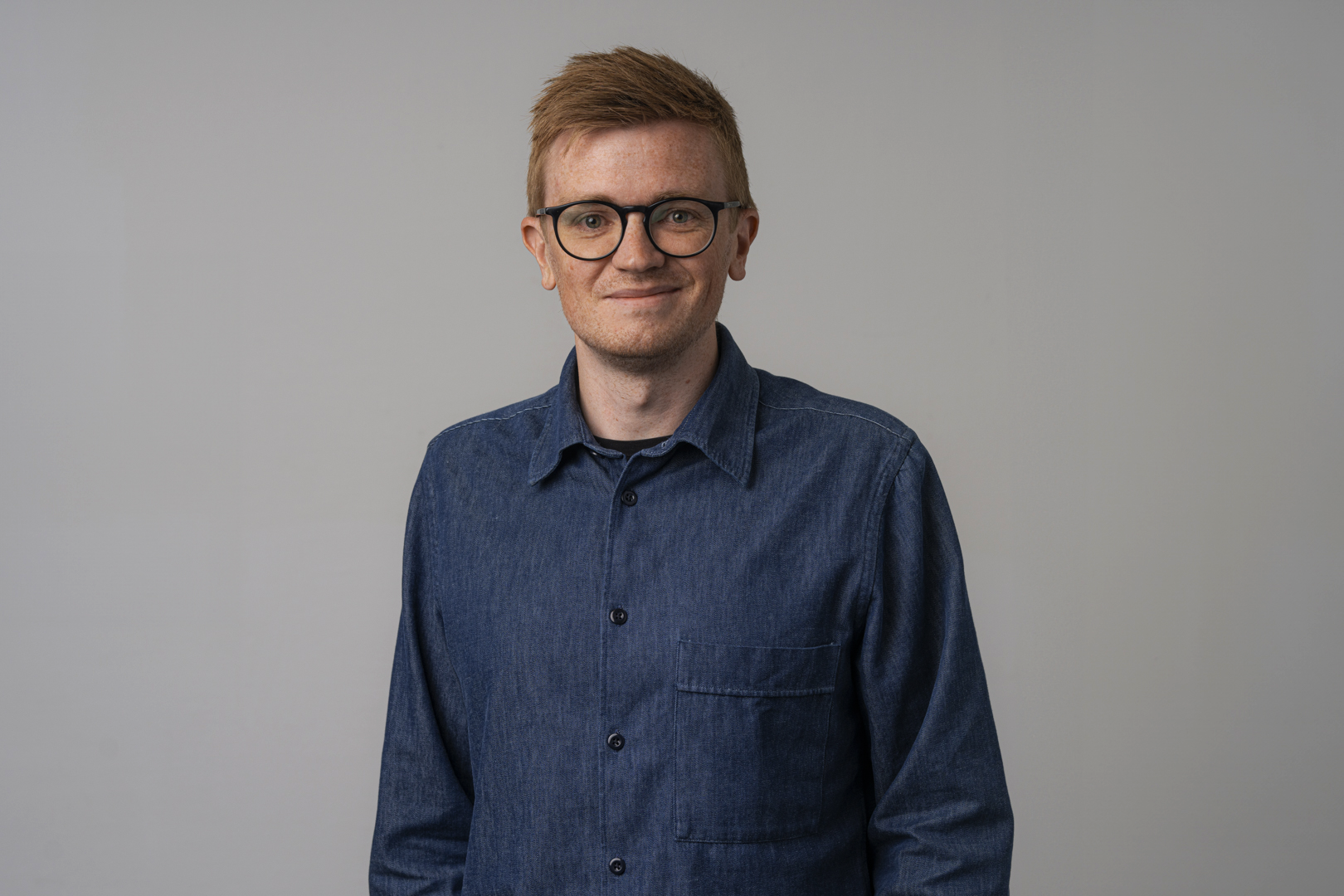Michael Ørsted
Research leader

Project title
Thermal tolerance constraints on distributionsand seasonal dynamics in invasive insects
What is your project about?
Climate change results in the redistribution of species, especially insects, as they try to avoid stressful environmental conditions. My project is about understanding how increasing and more variable temperatures as well as increased global trade leads to the spread of invasive insects to new areas, where they can constitute a serious threat to native species, for our food production systems and to human health. In the project, I will develop models capable of predicting both where insects can occur and when during the year they are active under current and future climate conditions. These models combine empirical data on e.g. insect thermal tolerance, reproduction and evolutionary capacity with state-of-the-art methods for obtaining fine-scale climatic data.
How did you become interested in your particular field of research?
I have always been fascinated by the ability of plants and animals to adapt to their environments, and curious about understanding why some species occur in some places while other cannot. In realising the very obvious ways in which humans negatively affect our planet, I am increasingly concerned with trying to understand and convey the effects of both climate change and other global changes such as deforestation and the spread of invasive species. With a PhD background in genetics and evolution and my more recent advancements in ecological modelling, I am now situated in an exciting interdisciplinary cross field. Here I combine ecological and physiological knowledge on animals and plants from the lab or field with advanced computer models to e.g. predict shifts in species ranges as a result of a rapidly changing environment.
What are the scientific challenges and perspectives in your project?
It is still unclear how the ability of insects to survive and reproduce at very high or low temperatures constrain their distribution or seasonal activity patterns. Current methods for understanding the association between the distribution and e.g. thermal tolerance of organisms, tend to ignore important factors which I will address with this project. Climate data is usually obtained in a relatively coarse resolution and derived from weather stations meaning, for instance, that temperature is measured 2 m above ground, which is obviously not representative of the microclimates that insects naturally inhabit. I want to incorporate such micro-environments using the latest temperature data monitoring technology. In addition, I will make use of an often short generation time in insects to investigate their evolutionary ability to adapt to changing environments, something which is rarely included in these types of models. Ultimately, the inclusion of these processes will result in precise predictions of the spatial and temporal responses of insects to global change.
What is your estimate of the impact, which your project may have to society in the long term?
Insects constitute 75 % of all animal species on Earth and perform critical functions in many ecosystems, e.g. as pollinators of plants, and as food for other organisms. However, invasive insects in particular can also become a threat by outcompeting native species, destroying food crops or transmitting new diseases as their distribution and activity patterns are changing. Despite these potentially huge societal consequences, we know little about these dynamics, especially during climate change. Therefore, there is a growing need to develop realistic models to predict the seasonal distribution of invasive insects, that is to find out when and where can we expect these insects to cause problems. For the farmer, this knowledge can be used for planning preventative strategies and reduce pesticide use. For disease-vectors such as mosquitoes and ticks, the proposed models can help establish quarantine measures as well as inform decision-makers and the general public about emerging diseases, e.g. Malaria, that we might have to plan for in the nearest future.
Which impact do you expect the Sapere Aude programme will have on your career as a researcher?
I am honoured by this prestigious Sapere Aude: DFF-Starting Grant, which enables me to establish my own group of like-minded enthusiastic young researchers at Aalborg University. The grant will give me the freedom to set new directions for my future career and to pursue more ambitious long-term research goals than what would have otherwise been possible. The programme also allows me to collaborate with some of the world’s leading international scientists within insect physiology, reproduction and climate modelling. Lastly, the grant will help me develop both personally and professionally as a research leader. My own career started on another Sapere Aude grant, so I see a natural cycle in now being able to contribute to inspiring the next generation of scientists.
Background and personal life
I live in Northern Jutland with my wife and our three kids aged 6, 4 and 1 year, where we enjoy everyday life as a family and trips to nearby woods, marshes, or beaches. I am a biologist and have always found a profound peace and fascination in being outside and observing nature both on a grand scale and down in the smallest details. It gives me great joy watching kids expressing the same enthusiasm and curiosity in observing living growing things. I love experiencing new places and cultures and appreciates all the opportunities we get to travel as a family and as a part of the job. In a busy schedule I relax by running, hunting or fishing. In my career, I have had periods outside academia which helped me realise my passion for science and teaching, and I now look forward to establishing myself as a research leader.
View all research leaders here
Research institution
Aalborg University
Research field
Biology
City of your current residence
Brønderslev
High school
Aalborg Tekniske Gymnasium
